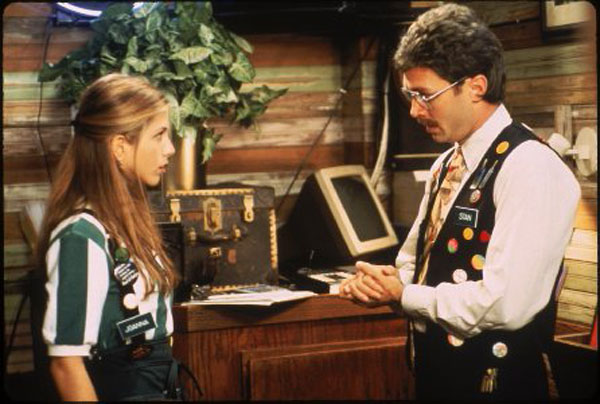JulianB1
Well-Known Member
Last night my friend and I spent about an hour throwing ideas back and forth about how to track patron consumption in the tasting room of the brewery he's opening soon, mostly throwing up methods we've seen before or new ideas and dissecting their weaknesses. I figured that throwing this question out to the TB community could get some useful responses and insights. Here's the deal:
-In South Carolina, distribution breweries are allowed to serve 48 ounces of beer for on-premise consumption per customer per day, of which no more than 16 ounces can be above 8% ABW (that won't be an issue with their standard lineup of beers). They are also allowed to sell up to 288 ounces per customer per day for off-premise consumption (growlers, bottles, etc.).
-Their tasting room is fairly small; it will have some standing tables and a bar rail, but no seating, and will only be selling 4oz samples. This is partly due to space limitations, and partly due to being loosely affiliated with the restaurant next door (they are sub-leasing their space from said restaurant, and are good friends with the owner), which will have all their beers on tap at the bar. The idea being that people can have samples in the tasting room and, if they want to enjoy full pints, go next door (or to some other bar in town). They will have a mobile bar that gets positioned during tasting hours and can be moved out of the way during brewing hours.
So the question we were wrestling with is how to track how many 4oz samples a customer has had in a way which is both difficult to abuse but also not overly cumbersome for whoever is working the bar. I've recently been to five different SC breweries, and all five of them were using different methods to track customer consumption, which tells me no one has figured out the optimal approach yet. I'm open for suggestions.
-In South Carolina, distribution breweries are allowed to serve 48 ounces of beer for on-premise consumption per customer per day, of which no more than 16 ounces can be above 8% ABW (that won't be an issue with their standard lineup of beers). They are also allowed to sell up to 288 ounces per customer per day for off-premise consumption (growlers, bottles, etc.).
-Their tasting room is fairly small; it will have some standing tables and a bar rail, but no seating, and will only be selling 4oz samples. This is partly due to space limitations, and partly due to being loosely affiliated with the restaurant next door (they are sub-leasing their space from said restaurant, and are good friends with the owner), which will have all their beers on tap at the bar. The idea being that people can have samples in the tasting room and, if they want to enjoy full pints, go next door (or to some other bar in town). They will have a mobile bar that gets positioned during tasting hours and can be moved out of the way during brewing hours.
So the question we were wrestling with is how to track how many 4oz samples a customer has had in a way which is both difficult to abuse but also not overly cumbersome for whoever is working the bar. I've recently been to five different SC breweries, and all five of them were using different methods to track customer consumption, which tells me no one has figured out the optimal approach yet. I'm open for suggestions.



